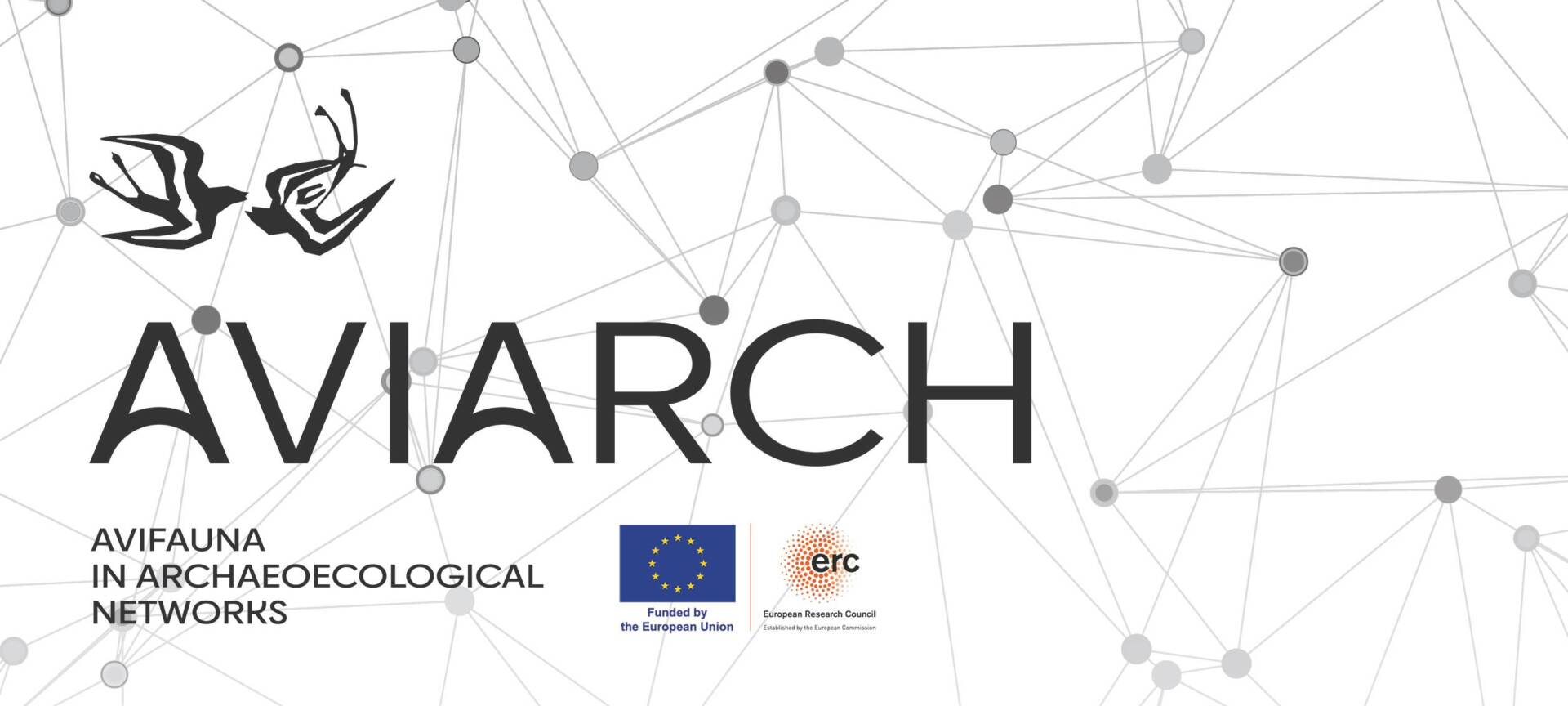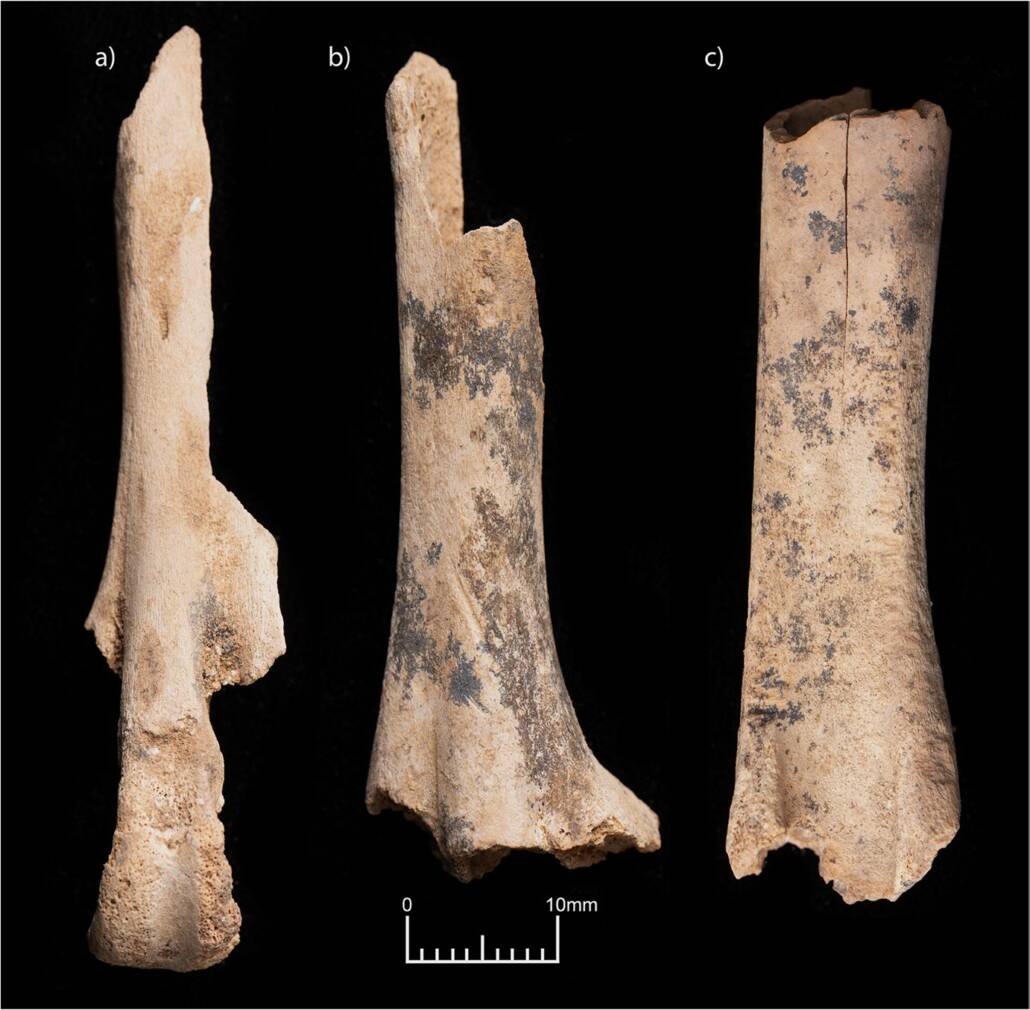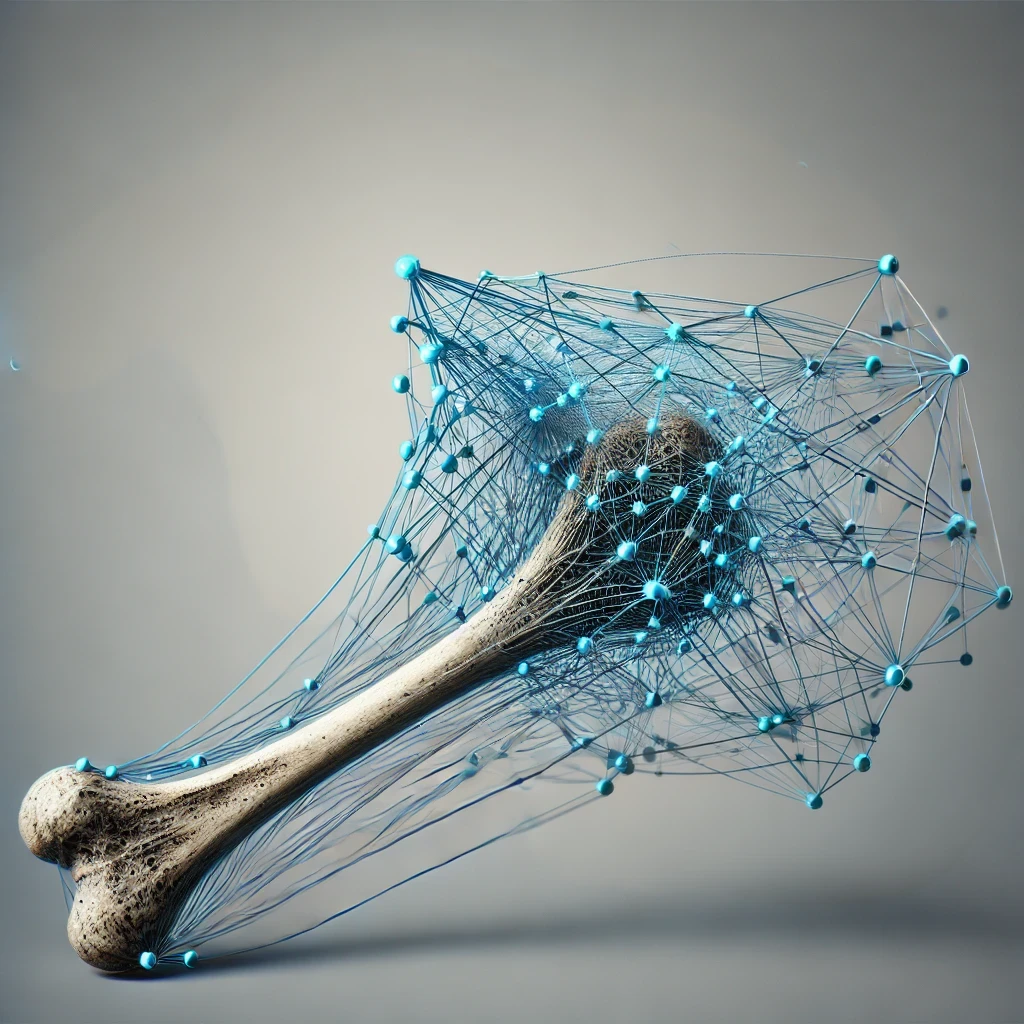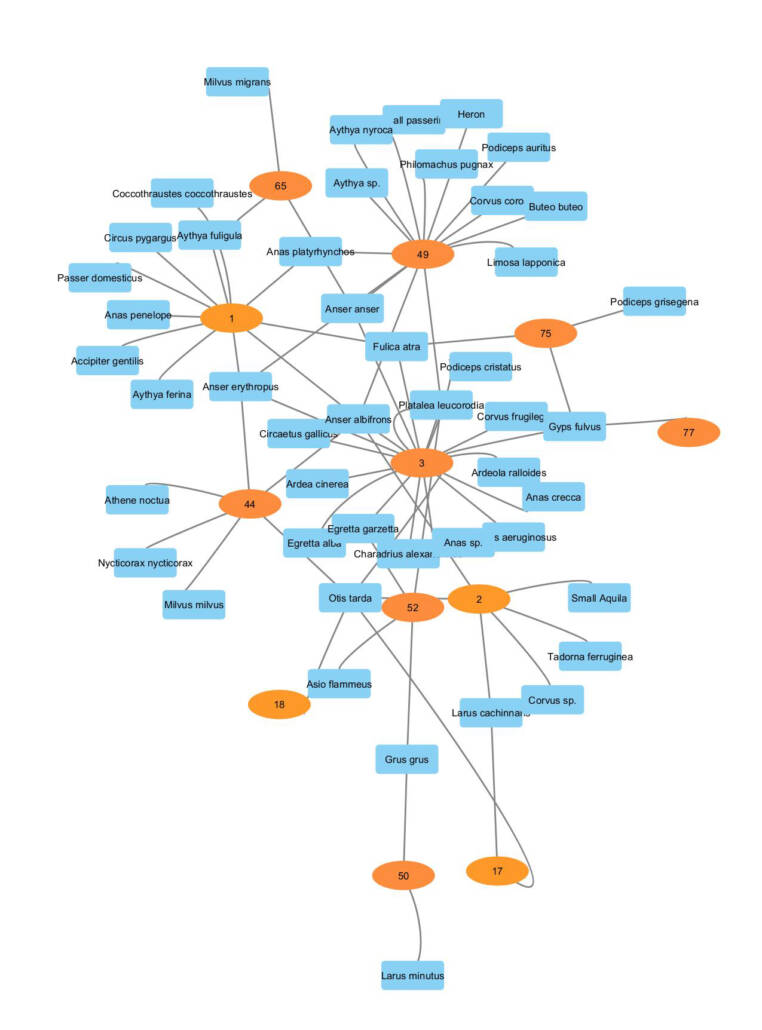
METHODOLOGY
AviArch is the first team to develop a powerful novel methodological toolkit which we can apply to studying avian remains in a systematic and robust manner. We integrate classic zooarhaeological investigaton, cutting-edge biomolecular archaeology and AI based classification of avian bones to obtain high-resolution identification of bird remains.

Zooarchaeological Methods
Bones and eggshell are frequently recovered from archaeological sites, and these can be identified using morphology and proteins to varying levels of accuracy. This provides us with an idea of the avifauna that were present in different landscapes. AviArch will develop methods to increase our level of these identifications. Together with a taphonomic study of the bones and eggshell, this will yield knowledge about the way people interacted with birds and the importance of birds as a food source, their symbolic role as well as providing information about the past environmental conditions based on the ecology of species represented.
Paleoproteomics
For fragmentary bones and eggshells, we are able to improve taxonomic identification using palaeoproteomic techniques. This takes advantage of proteins that are preserved in the biomineral structure of bone and eggshell. First, proteins are extracted and then digested into peptides. These peptide mixtures are analyzed using mass spectrometry, which characterizes the peptides and amino acid sequences based on their mass. By identifying the unique set of peptides or diagnostic amino acid variations that occur between species, we can identify the types of birds that were present in the past. Palaeoproteomic techniques, however, require large reference databases of protein sequences which are used to identify which peptides and amino acids sequences are characteristic of different types of birds. Since protein sequences for bird species are limited, we are leveraging the rapidly expanding availability of avian genomes to programmatically search for genes that code for proteins found in bones and eggshells. By translating genetic information, protein sequences are reconstructed, paving the way for a deeper understanding of evolutionary relationships and species identification.

Deep Learning approaches for automatic recognition of bird bones
One of the most innovative features of AviArch is its AI-based tool for avian bone recognition, using both photographs and 3D models, employing deep neural networks. To address the classification task, a transfer learning approach will be employed, initially training on a similar domain before fine-tuning the final layers of the neural network.
Given the scarcity of large datasets in archaeology and zooarchaeology, we will overcome this challenge by utilizing data augmentation techniques and incorporating synthetically generated virtual bones via 3D models. Data augmentation will generate variations from scanned bones, producing more realistic models and aiding in the identification of bone fragments. The classification algorithm will be designed to be robust and highly reproducible through a comprehensive data collection strategy, the application of data augmentation techniques, and rigorous statistical analysis of classification performance.
Reconstruction of avian communities & their palaeoenvironment
Using knowledge of the ecology of a species, we can make inferences about the climate, habitat and likely human influence for a certain point in time. The database of species identified with the cutting-edge methods developed in AviArch will be used to reconstruct ecosystems found in the vicinity of our archaeological sites based on the whole avian community. This will be achieved through a combination of species distribution modelling and trait-based analyses. Ultimately, this will allow us to infer the potential drivers of avian community change, including impacts of habitat and climate change.


Multispecies archaeology and Network Science
